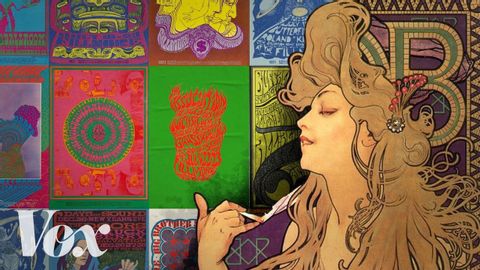
Subtitles & vocabulary
Where the 1960s "psychedelic" look came from
00
林宜悉 posted on 2023/07/23Save
Video vocabulary
conflict
US /ˈkɑnˌflɪkt/
・
UK /'kɒnflɪkt/
- Noun (Countable/Uncountable)
- Argument or struggle between two or more parties
- A serious disagreement or argument.
- Verb (Transitive/Intransitive)
- To have opposite ideas; to disagree; To not match
A2
More aesthetic
US /ɛsˈθɛtɪk/
・
UK /i:sˈθetɪk/
- Adjective
- Concerning the sense of artistic beauty
- Relating to a particular theory or conception of beauty or art.
- Noun
- a guiding principle in matters of artistic beauty and taste; an underlying principle, a set of principles, or a view often manifested by outward appearances or style of behavior
- A set of principles underlying and guiding the work of a particular artist or artistic movement.
B2
More bold
US /bold/
・
UK /bəʊld/
- Adjective
- Brave; very confident; too confident
- Having a strong, vivid, or striking appearance or flavor
- Noun
- Darker heavier shade of a font
B1
More Use Energy
Unlock All Vocabulary
Unlock pronunciation, explanations, and filters
